Background
Child Rights resources for innovators
To complement the resources specific to each principle, here are some relevant to most or all Child Rights by Design principles. Some may be more useful for designers and developers, others for CEOs or policy or legal teams. All are worth a read!

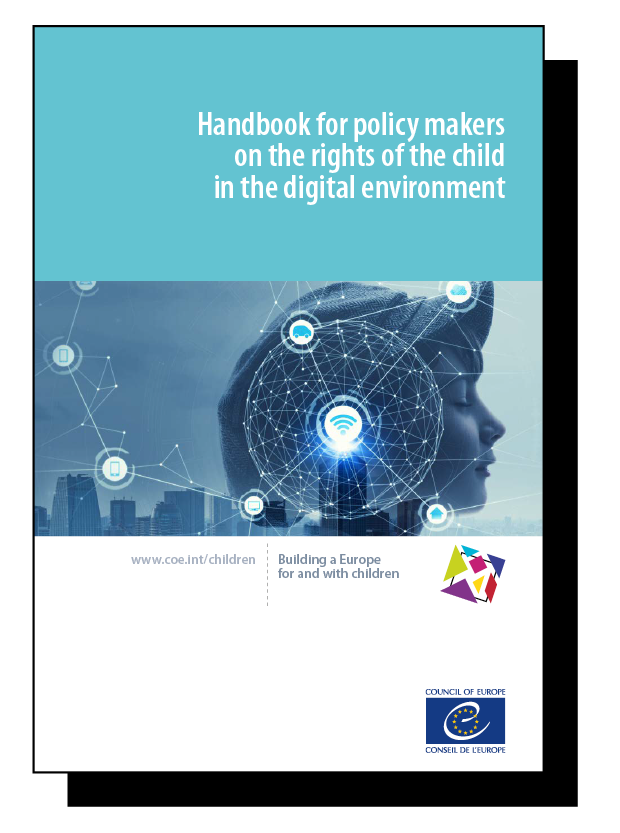
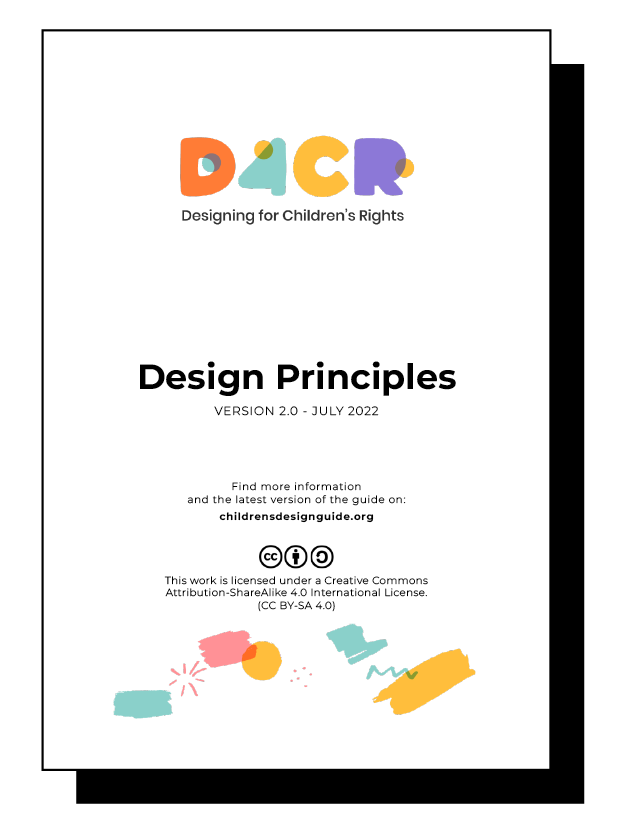

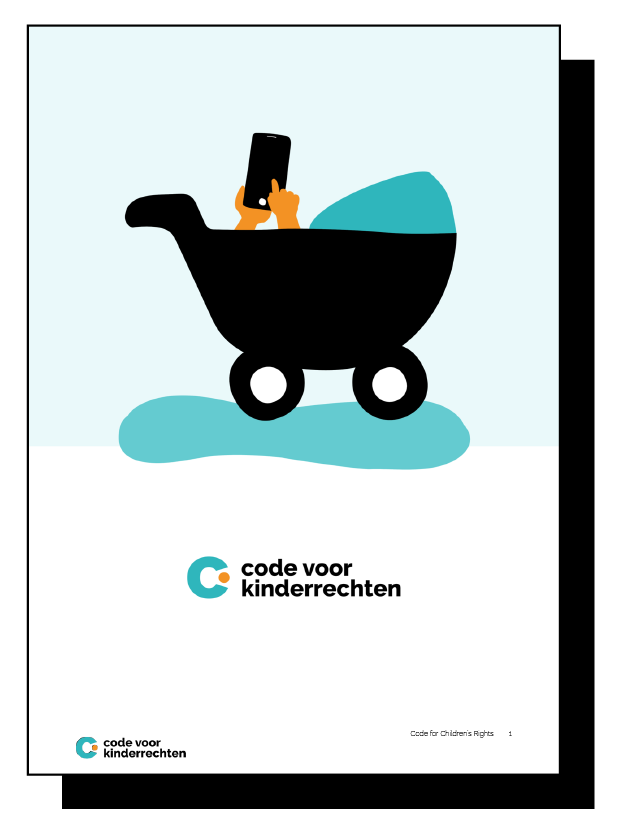
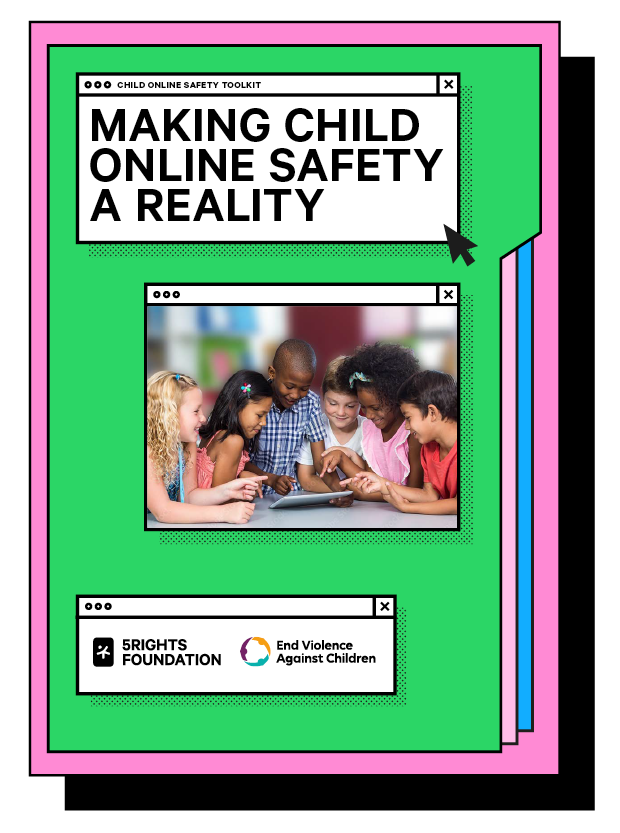
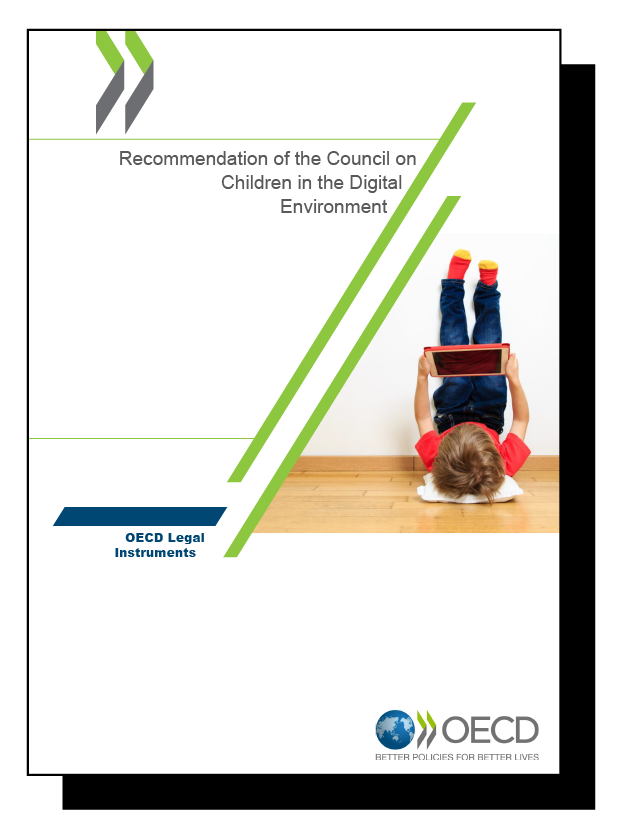
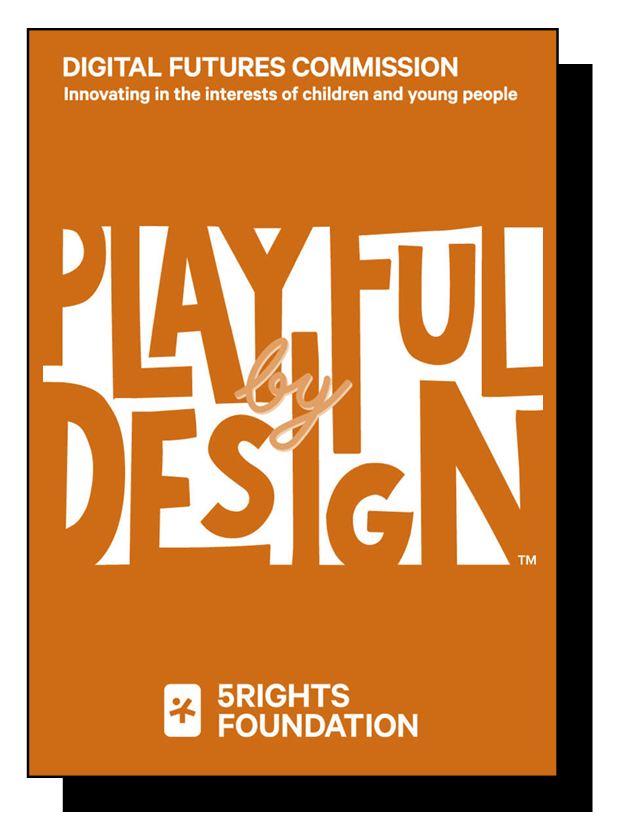
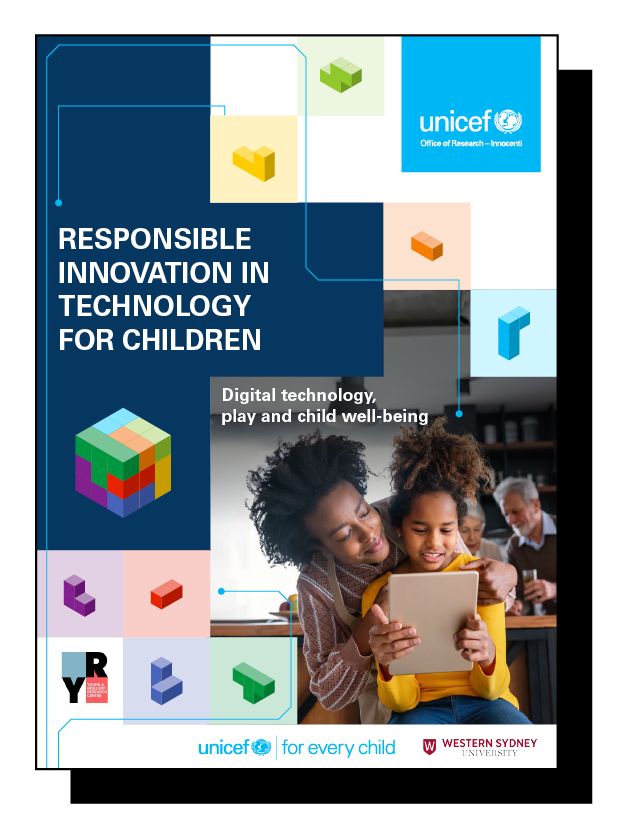
REALISING CHILDREN’S RIGHTS IN A DIGITAL WORLD
“The business sector, including not-for-profit organisations, affects children’s rights directly and indirectly in the provision of services and
products relating to the digital environment. Businesses should respect children’s rights and prevent and remedy abuse of their rights in relation to the digital environment. States parties have the obligation to ensure that businesses meet those responsibilities.”
This guidance has built on existing laws, standards, regulations and practices. It has also sought to inspire innovators – designers and
developers especially – to go beyond these and to transform the digital environment in the process. We mapped our guidance to the Double Diamond model. This can be applied to many different digital products and services (apps, artefacts, features, processes, devices, digital services or policies), whether they are in development, being updated or revised, or in prospect for future development. However, innovators can’t do this alone – they work with many others, notably in legal, research, policy and marketing departments.
There are lots of quite easy, addictive things that you can put into games to keep kids playing them. I’d almost say that if you’re managing to deliver a fun experience and you’re not using any of those things, then you probably spent quite a bit of money thinking about that
Small digital media and game developer
Spotify discovery feed is a way to learn more about things that I would not have found. And that’s a very strong piece of personalisation
Dating app start-up
Our interviews with digital innovators show that having experience with mainstream digital products and services may not help them design with children’s best interests in mind. Moreover, even when innovators are keen to develop a product or service for children, they struggle.
When they looked at building games … targeted at children … it failed miserably because children don’t like to targeted in that way … they like to be treated as people and feel like they’re part of the grown-up world
Dating app start-up
Designers may need to draw on evidence to justify their design options to convince their product managers or funders. Innovators also require some incentive from policymakers or a way to distinguish their child rights-respecting products or services from others. Likewise, policymakers need innovators’ insights and commitment to challenge mainstream practices that neglect children’s rights, and to show that better paths are possible.
The present mix of legislation, regulation, policy and practice is a moving target. There are calls on all sides for change to embed human rights, ethics and justice into business practices, technological infrastructure and innovation. Such calls are driven by the most egregious problems. To avoid these and build the digital world children deserve, innovators should keep ahead of the curve. The effort will be national and international since the digital has no borders. Given the many regulatory, technological and market uncertainties and the pace of technological innovation, we believe it will serve innovators well to implement rights-respecting principles now.
In the future, better laws may be needed – and policymakers should already be considering these. These could build on the growing understanding of the benefits of technology to children and stimulate child-centred innovation through legal and financial instruments.
Practical resources for designers are also needed. Ideally, these will be informed by professional expertise, children’s experiences and emerging good practices. Child Rights by Design should be included in professional training programmes – in business schools, computing, engineering and design schools. It should also be encouraged by the government, promoted by regulators, valued by investors, called for by civil society and recognised by the public. We know children will welcome it.
How we developed this guidance
We developed the guidance iteratively over three years. We followed four main steps:
- We consulted 19 experts from companies of various sizes, from start-ups to multi-nationals, covering digital media, toys, education, games and social media, to learn about their resources and processes for embedding rights and values into their development of digital products and services. We then reviewed the compliance claims of 52 digital products and services across various domains to identify the standards and regulations that digital providers use. We found that when designers were asked how they design for child users, they thought about safety, but were unsure which other rights to consider.
- We built on our work on Playful by Design – a vision and set of tools for designing for children’s right to play in digital contexts. This centred on public consultation and a ‘what works’ analysis linking the qualities of free play to the design features that enable or hinder them. In addition, we built on ideas of privacy- by-design and safety-by-design, recognising that privacy and safety are ‘hygiene factors’ – vital to avoid the pitfalls of risky- by-design, but not sufficient for beneficial outcomes overall.
- We identified around 100 promising policy documents, laws, regulations, guidelines, industry standards and codes of practice designed to make digital products and services safe, reliable, trustworthy and respectful of human rights. As shown in the Venn diagram, they addressed rights, ethics and wellbeing (group 1), digital technologies (group 2), children (group 3), and combinations thereof.
To inform Child Rights by Design, we prioritised 10 key documents on children’s rights in a digital world (group 4) and human rights and technology (group 5). We coded these by the articles of the UNCRC to ensure our guidance is holistic, comprehensive and aligned with international standards in human rights, especially children’s. We further coded the documents by the specifications of General Comment No 25 to include relevant insights and recommendations:- Australian Office of the eSafety Commissioner: Safety by Design (2019)
- Broadband Commission: Child Online Safety (2019)
- Dutch Code for Children’s Rights (Code voor kinderechten) (van der Hof et al, 2021)
- Council of Europe: IT Handbook for Policymakers on the Rights of the Child in the Digital Environment (2020)
- DCMS: Secure by Design (2021)
- Designing for Child Rights (D4CR 2.0) (2022)
- Digital Futures Commission: Playful by Design (2021)
- IEEE ‘Standard for an Age Appropriate Digital Services Framework based on the 5Rights Principles for Children’ (2021)
- Internet Governance Forum: ‘Internet Rights & Principles Coalition: Charter of human rights and principles for the internet’ (2019)
- OECD: Recommendation of the Council on Children in the Digital Environment (2021b)
- We held 20 workshops with 143 children aged 8-14 in four schools in different cities around the UK. In this way, we consulted girls and boys from diverse cultural and ethnic backgrounds about their rights, whether they are respected online and what needs to change, building on our earlier review of children’s consultations relating to the digital environment.
Children offered valuable insights into how the digital world can and should be better designed to support their best interests. They are concerned that innovators do not listen to them sufficiently or consider their needs.

These four steps enabled us to synthesise 11 principles for Child Rights by Design. To organise the principles, we drew on the grouping of children’s rights used by the UN Committee on the Rights of the Child for its reporting requirements for states parties slightly in the light of General Comment No 25, giving individual attention to the general principles of best interests and the right to be heard and to two rights of particular relevance to digital providers – the right to privacy and protection from commercial exploitation. We combined the rights to non-discrimination, family and protection for children in vulnerable or disadvantaged situations under ‘equity and diversity’.
| Child Rights by Design principles | UN Convention on the Rights of the Child articles | General Comment No 25 paragraphs |
|---|---|---|
| Equity and diversity | 2, 9–11, 18, 20–3, 25, 27, 30, 35, 37–3, 40 | 9–11, 87, 114–22 |
| Best interests | 3(1) | 12, 13, 88 |
| Consultation | 12 | 16-18 |
| Age appropriate | 5, 18 | 15, 19-21, 84-6 |
| Responsible | 4, 42 | 22-7, 33, 35-39, 43-9, 123-4 |
| Participation | 7, 8, 13-15, 17 | 50-66, 79 |
| Privacy | 16 | 67-78 |
| Safety | 19, 34, 39 | 80-3 |
| Wellbeing | 6, 23, 24, 26, 27, 33 | 14, 89-98 |
| Development | 28-31 | 99-111 |
| Agency | 32, 36 | 40-2, 112-13 |

